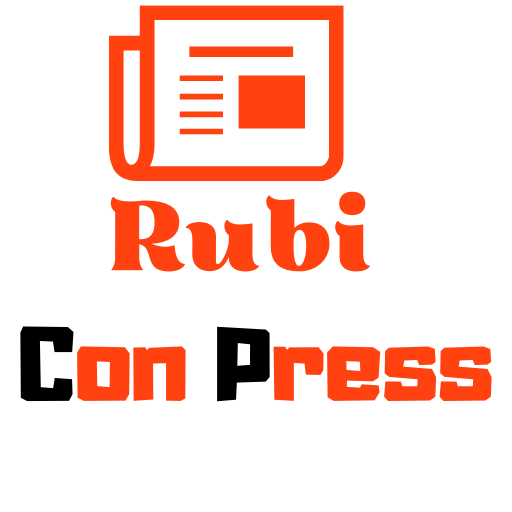The most effective skimming pricing policy is likely to be most effective when it is the very best value. If you are in the market to purchase a new home, you will likely take a look at many homes in the area. In these situations, you are likely to see many homes that are overpriced.
A lot of consumers take a look at homes that are overpriced before deciding to make a purchase. In these situations, a skimming pricing policy can be very effective. This is because most people tend to overpay for a home. But when you put a skimming pricing policy into effect, a lot of consumers tend to think that they are putting money into a down payment when in fact they are actually saving money.
It’s true that a lot of consumers tend to overpay for homes. But a lot more people tend to think that they are putting money into a down payment when in fact they are saving money. This is where a skimming pricing policy can be very effective. It can save a lot of people a lot of money in the end.
In the case of a skimming pricing policy, the goal is to give consumers the impression that they are making money by overpaying for a home. To do this, a skimming pricing policy will often simply require consumers to pay a small amount upfront and then pay less than the amount they actually paid over the course of the contract. But the real power of this strategy comes from the way that you can use it to maximize the amount of money you spend for the down payment.
For the past two years, I’ve been a fan of the concept of skimming pricing. But most of the time I’ve seen it used by companies to make money on the back end of a deal.
Companies like Home Depot and Lowe’s have gotten very creative with it. The idea behind it is that the consumer is required to pay a small but significant down payment, but they receive a smaller percentage of the total purchase price after the down payment has been made. For example, say you have an $800 down payment of $5,000 and the company wants to sell you a $1,000 home.
The idea behind skimming pricing is that it allows the buyer to pay a lesser price, but still get the full price of the home as soon as they make the down payment. It sounds good in principle, but the reality is that it works like this: You get the down payment and the home is yours. Then you take out the down payment, and you are left with the rest of the down payment.
If you’re paying less than the down payment and you have no home, then you’re in for a long ride.
